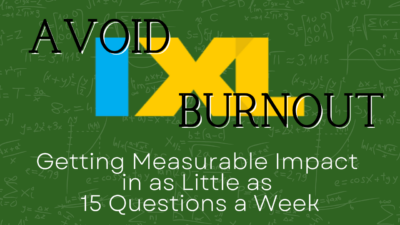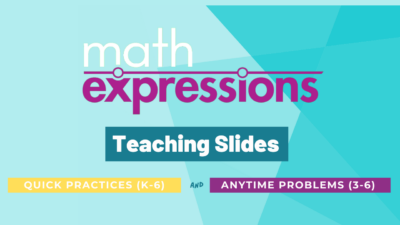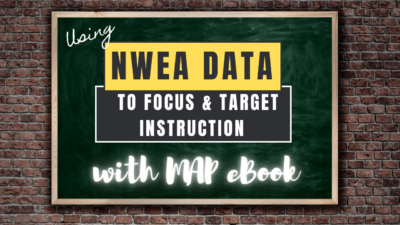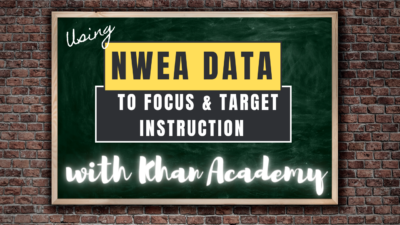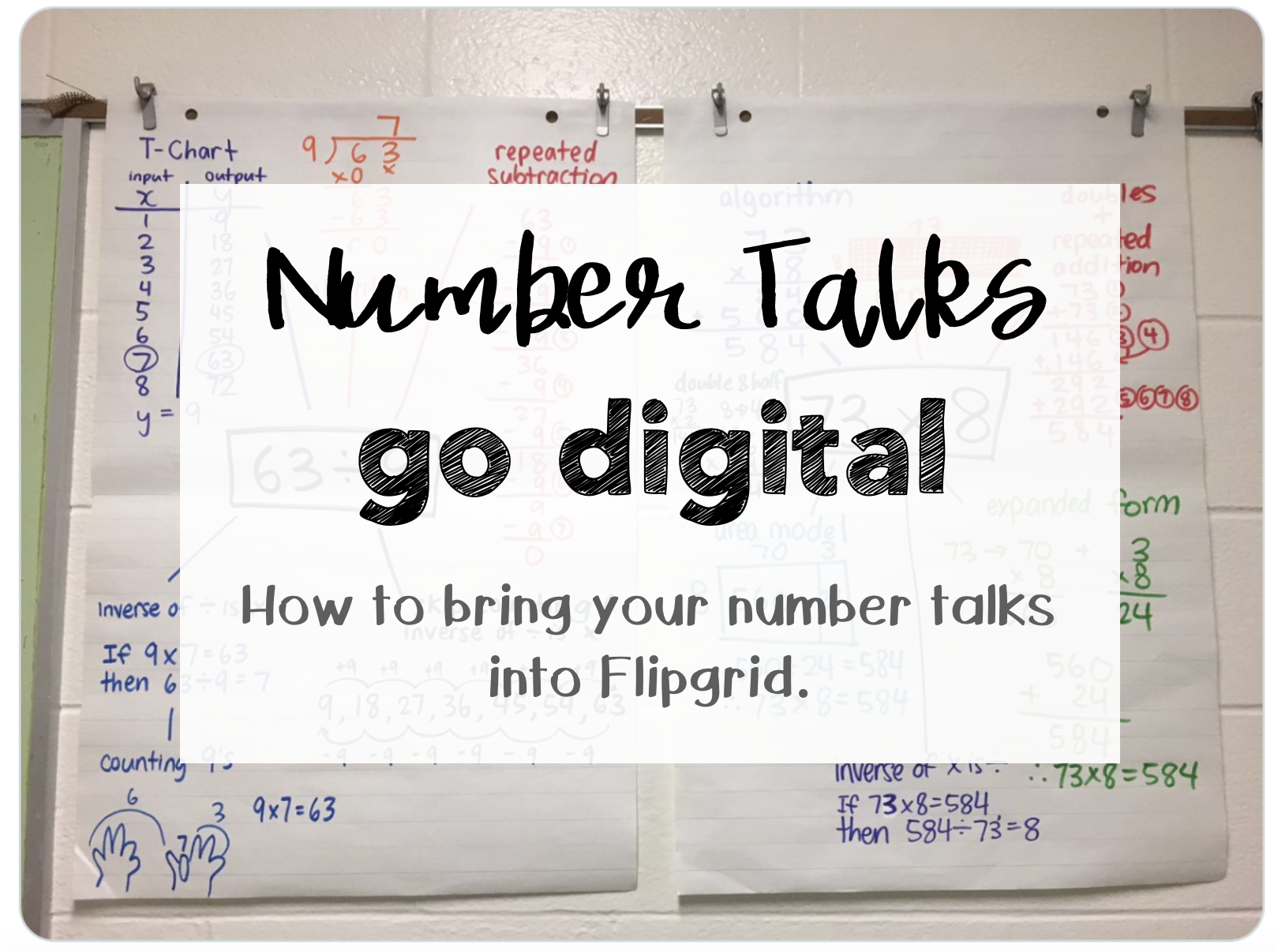Math
Avoid IXL Burnout: Getting Measurable Impact in as Little as 15 Questions a Week
Are you looking to make the most of IXL? In the post below, we’ll talk about the IXL Effect and how to ensure you are making the most of IXL in the classroom. A bit of heavy reading behind the “IXL Effect” The IXL Effect is a well-known phrase in the IXL community that refers to the impact that IXL can make on student proficiency, specifically when comparing schools that use IXL to those that do not use IXL. IXL conducted research that explored IXL usage across the entire state of Indiana. By examining a large number of schools, they...
Save Time With Digital Teaching Slides for Quick Practices and Anytime Problems in Math Expressions
Do you remember hearing “Do The Blue” but don’t remember what it refers to? Quick Practices (K-6th), Daily Routines (K-2nd), and Anytime Problems (3rd-6th) are all parts of the “Doing the Blue” section of lessons in Math Expressions. “Doing the Blue” are the main components of the lesson that should be taught. Quick Practices, Daily Routines, and Anytime Problems are an important part of the process and student learning in math. These practices and routines focus on concepts and skills throughout the year that are needed for student mastery. They build classroom belonging and develop student leaders, as well as...
Focused and Targeted Instruction Using NWEA Scores with Free eBook
Are you looking for ideas on how to utilize NWEA data in meaningful ways to inform instruction and put the data to work? Teach. Learn. Grow. blog contributor – Kathy Dyer and Senior Curriculum Specialist for NWEA, John Wood – provide great ideas and techniques for getting the most from MAP Growth data in their free ebook “Using MAP Growth Data to Inform Instruction”. This valuable resource also provides real examples on how you can apply MAP Growth assessment data in your classroom to help improve instruction, set goals, predict proficiency, and even help with parent communication. Check out the...
Beyond Drill: 3 Ways to Use IXL in Your Classroom
IXL often has a bad rap amongst students. While it is easy for teachers to use and assign, misuse of the program and an overemphasis on drill will cause burnout for your kids. Whether you have been using IXL for years, or have yet to start, read below for three ways to get your class excited about using IXL. IXL in Centers/Stations As your students move through rotations in your math or literacy class, it is often challenging to have work that all students can do independently. Whether it is gaps in learning, struggling readers, or lacking background knowledge, there are many...
Focused and Targeted Instruction Using NWEA Scores with Khan Academy Math
NWEA MAP data is powerful and can be put to great use to accelerate student learning and Khan Academy offers personalized math practice using NWEA scores.
Scratch Art Activities on Seesaw
As a kid, I felt so satisfied when holding the small wooden scraper tool to scratch away the layer of black ink, revealing all the hidden rainbow colors on a scratch art pad. You can create the same nostalgic Scratch Art feel digitally in Seesaw! Using Scratch Art can amp up engagement with students while holding on to the content you want them to focus on. Simply use the rainbow Seesaw background, add a layer of black with the marker, then use white to write your content. Students then use the eraser tool to trace your content or anywhere...
Flipgrid Fever with Digital Number Talks
I don’t necessarily love everything about teaching math. But I DO love number talks. What are number talks? Number talks were created to help teachers engage with students in mental math. Number talks can be a way to help students make sense of mathematics, develop computation strategies, communicate about math, and work on reasoning skills. They are a short, 10ish minute, math conversation aimed at building number sense. Students are generally seated together away from any math tools. Students are presented with a problem, are given tink time, then share out methods on how they mentally solved the problem. Your...
